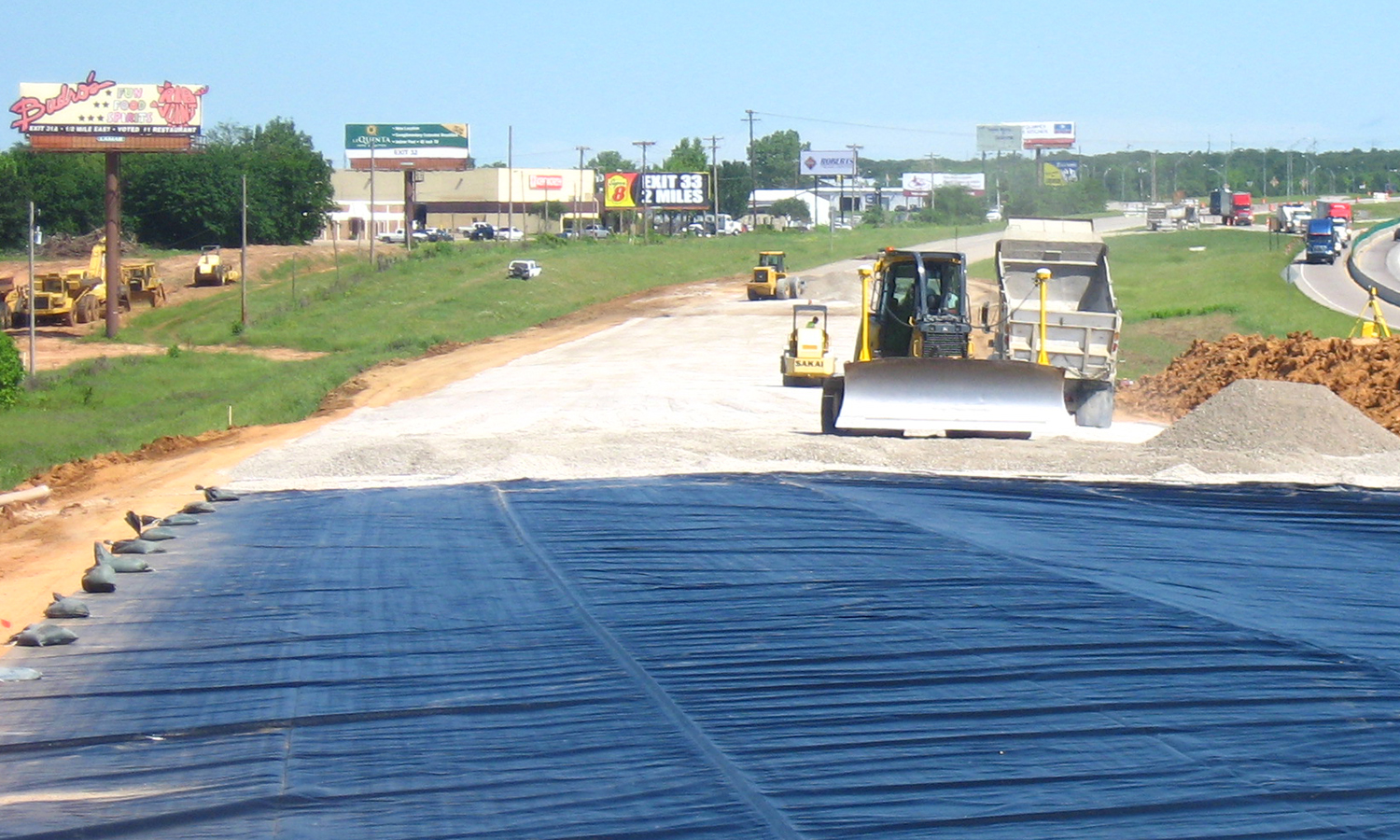Customer Overview
The Oklahoma Department of Transportation
undertook an ambitious project to enhance
a 7-mile stretch of the heavily trafficked I-35
near Ardmore, Oklahoma—a major northsouth
highway.
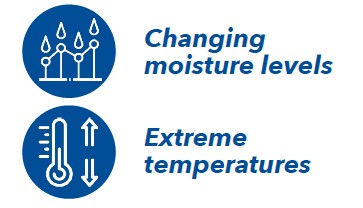
The Challenge
The Ardmore Basin poses unique challenges for a seven-mile stretch of I-35 due to its expansive clay soils, which swell and contract unevenly with changing moisture levels. Frequent weather shifts and extreme temperatures, ranging from 0°F (-18°C) to 110°F (43°C), further exacerbate pavement undulations. Since its construction in the late 1960s, this segment has required repeated repairs to address ongoing damage caused by these environmental factors.
Proposed Solutions
To address the persistent issues caused by problem soils along the heavily traveled I-35, the Oklahoma Department of Transportation sought a long-term solution to stabilize the clay subgrade and reduce the need for ongoing repairs. Implementing a moisture barrier was identified as the optimal strategy, as it would minimize moisture fluctuations in the pavement subgrade by shielding the clay. AquaMaster® NovaLiner® 24 was chosen as the premier geomembrane due to its exceptional performance Its key attributes include superior strength, water impermeability, lightweight design, portability, puncture resistance, slope stabilization capabilities, and significant cost savings.
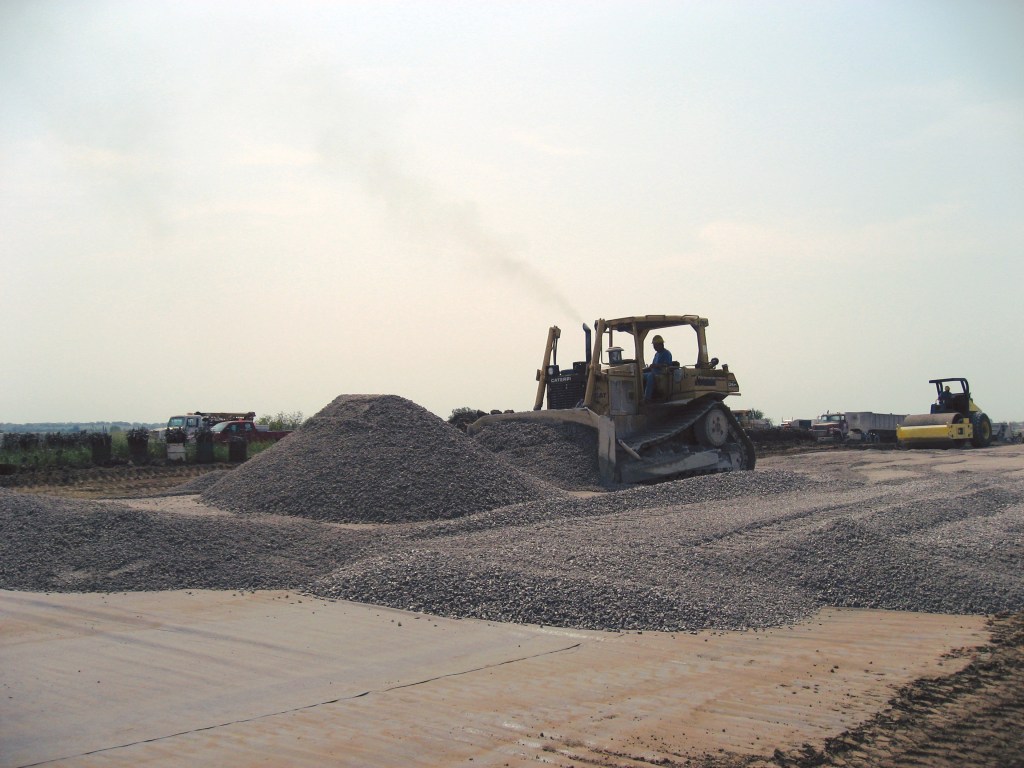

Results
The installation of AquaMaster geomembrane proved highly effective in maximizing moisture control. It was laid over a lime-stabilized subgrade and covered with crushed stone to create a solid foundation. On top of this, continuously reinforced concrete pavement with a drainable base was placed, ensuring long-lasting durability and optimal drainage. Prefabricated panels, measuring 48 to 60 feet wide and 200 feet long, were heat-seamed together to create a watertight membrane, successfully covering approximately 630,000 square feet.
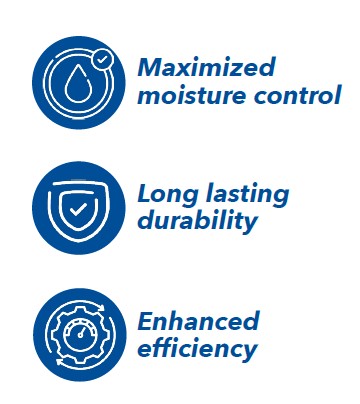
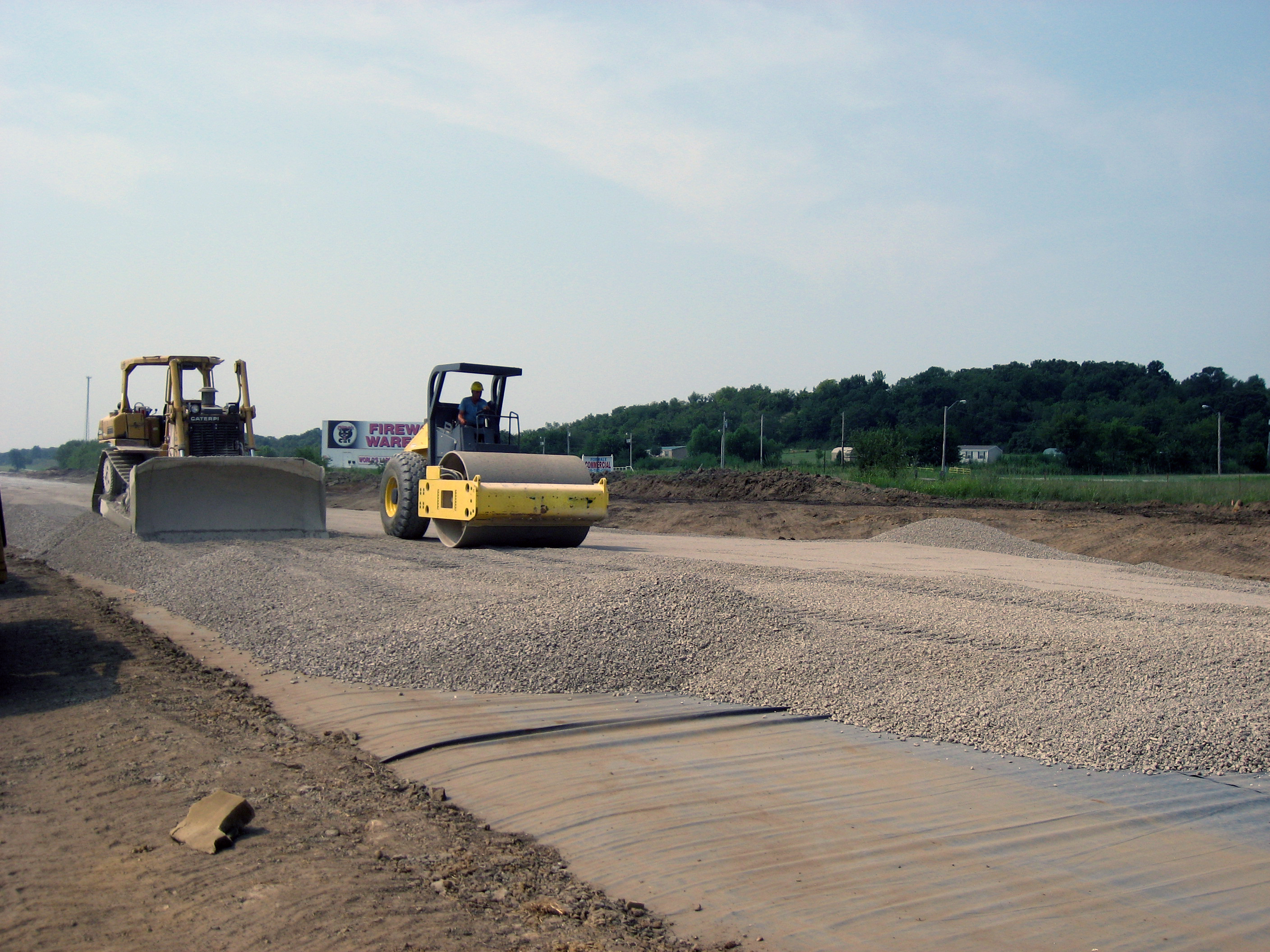

Conclusion
By using prefabricated panels, the project not only achieved excellent moisture control but also significantly reduced installation time and costs. Fewer seams required welding in the field, streamlining the process and enhancing efficiency. The combined approach of advanced geomembrane technology and well-engineered pavement layers resulted in a sustainable solution to address the challenging soil conditions, ensuring durability and reduced maintenance for this critical stretch of I-35.


